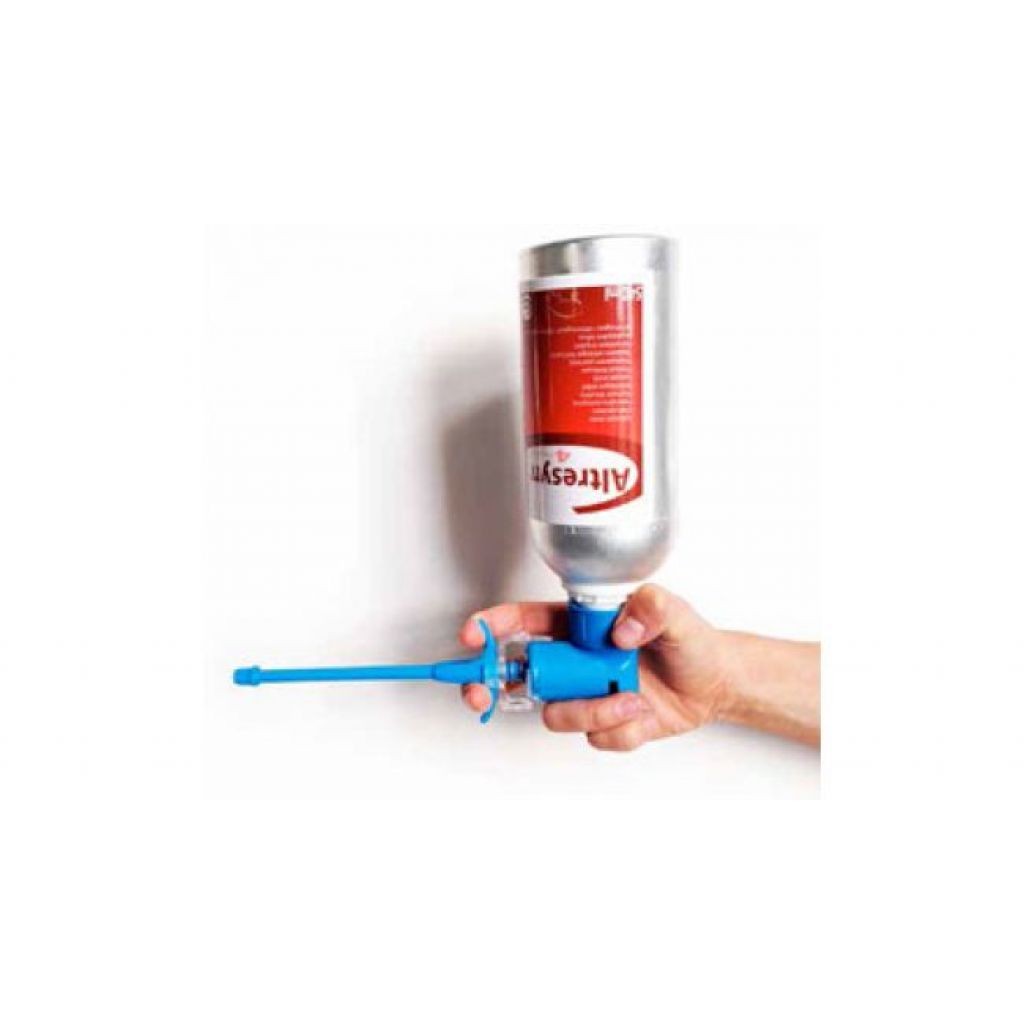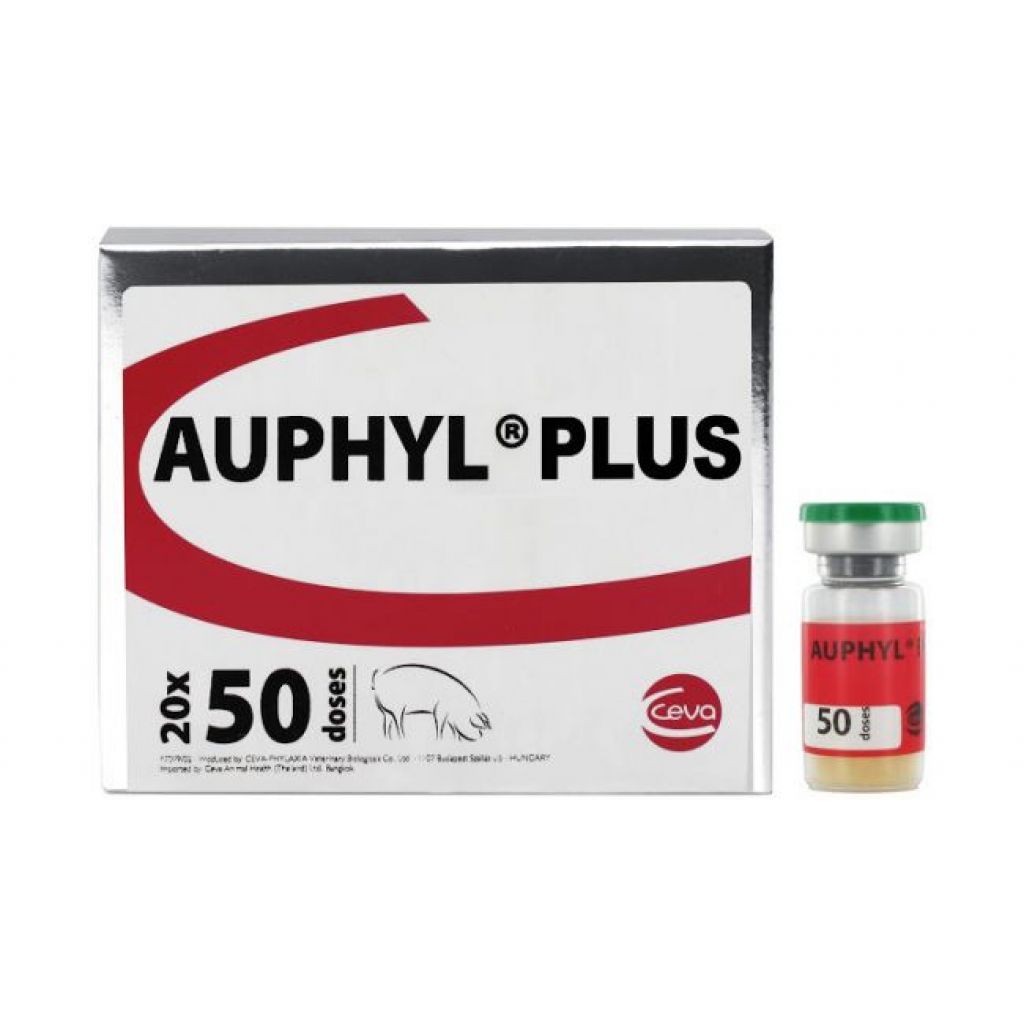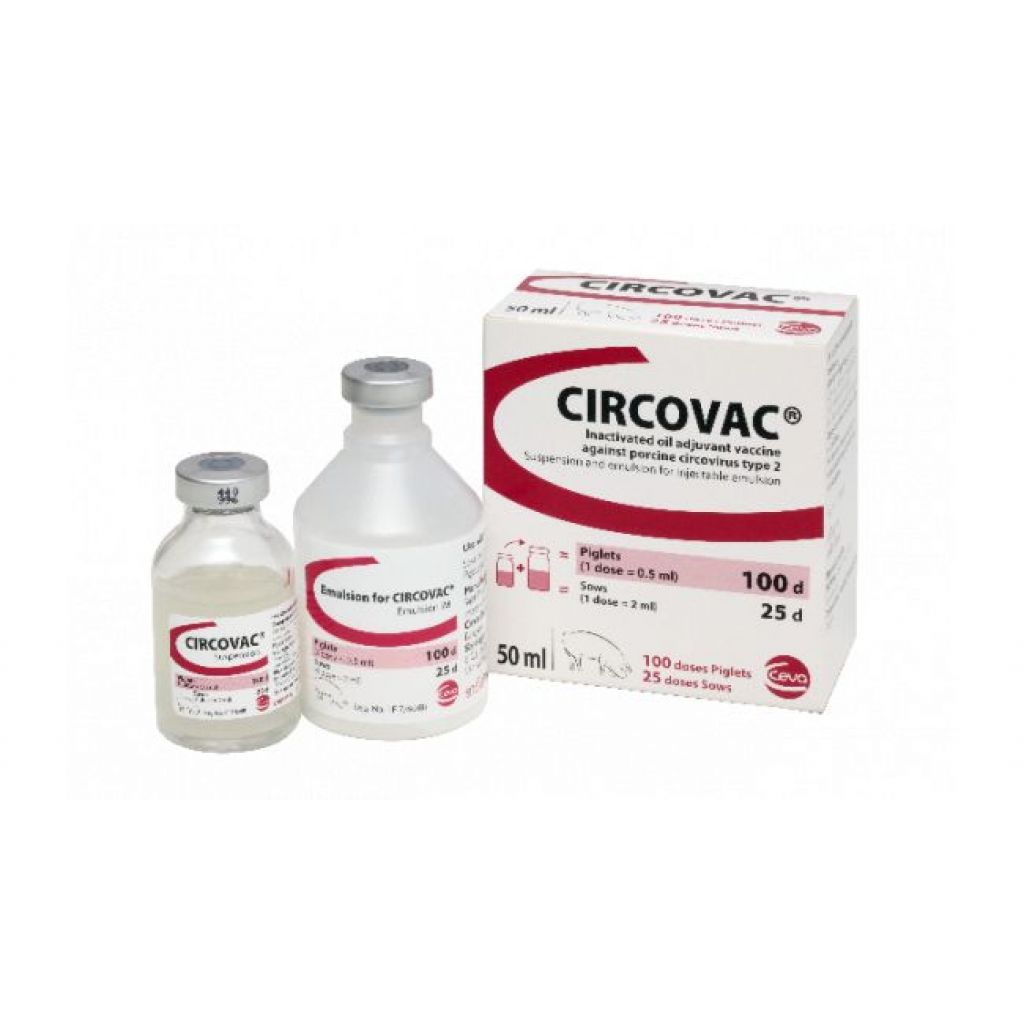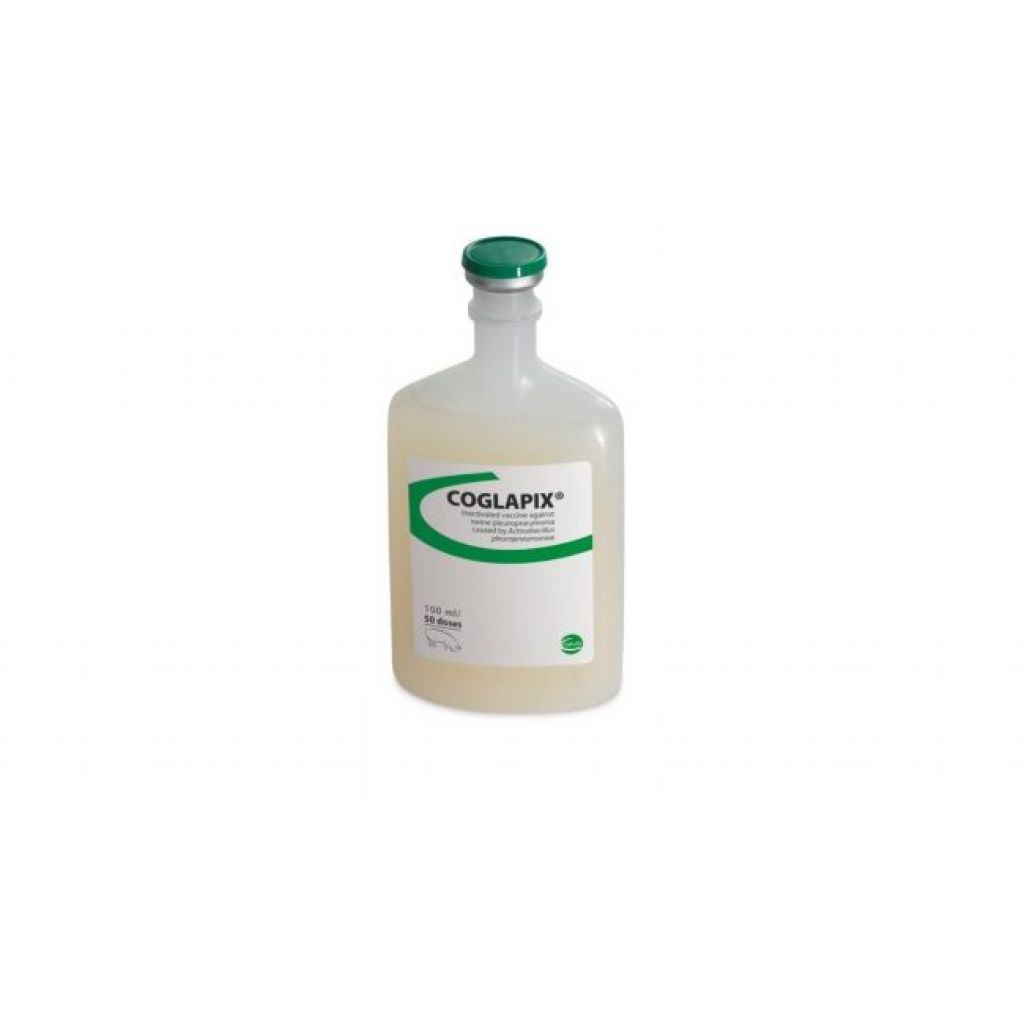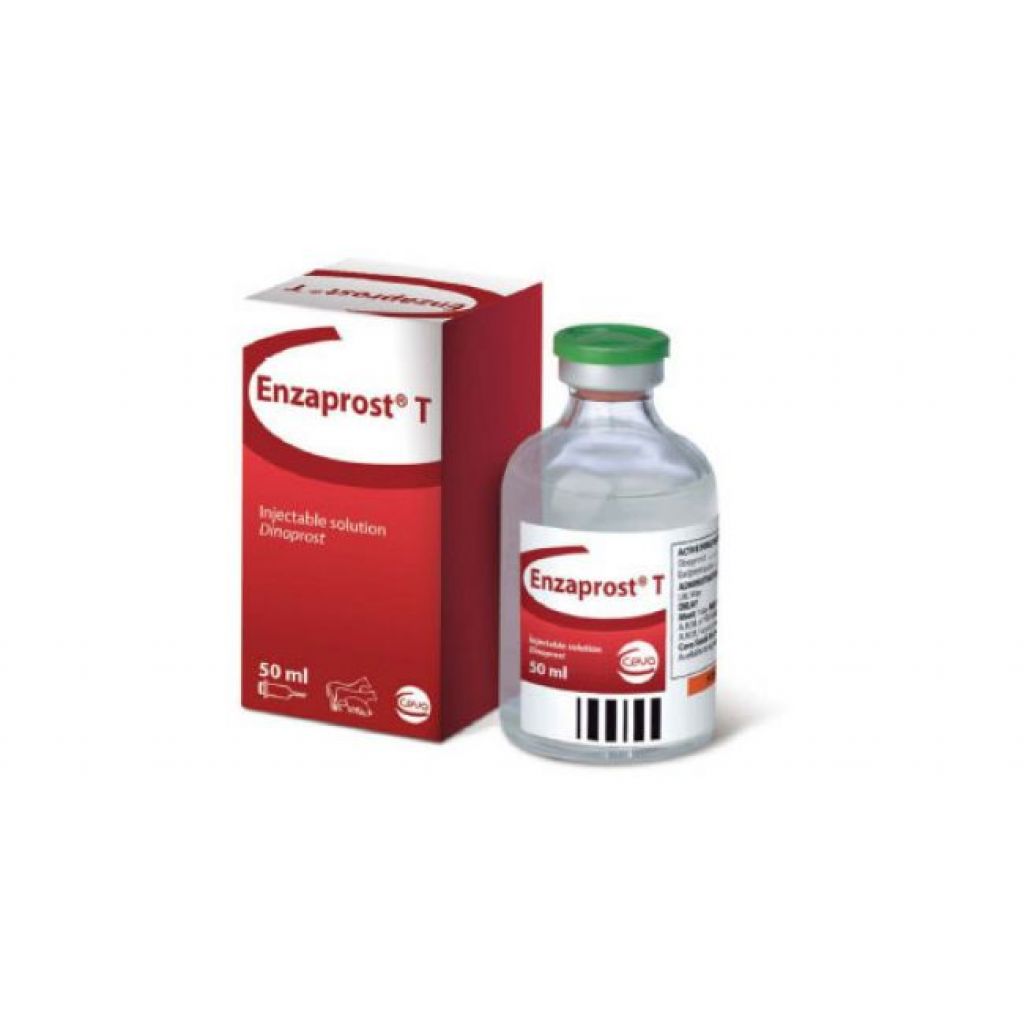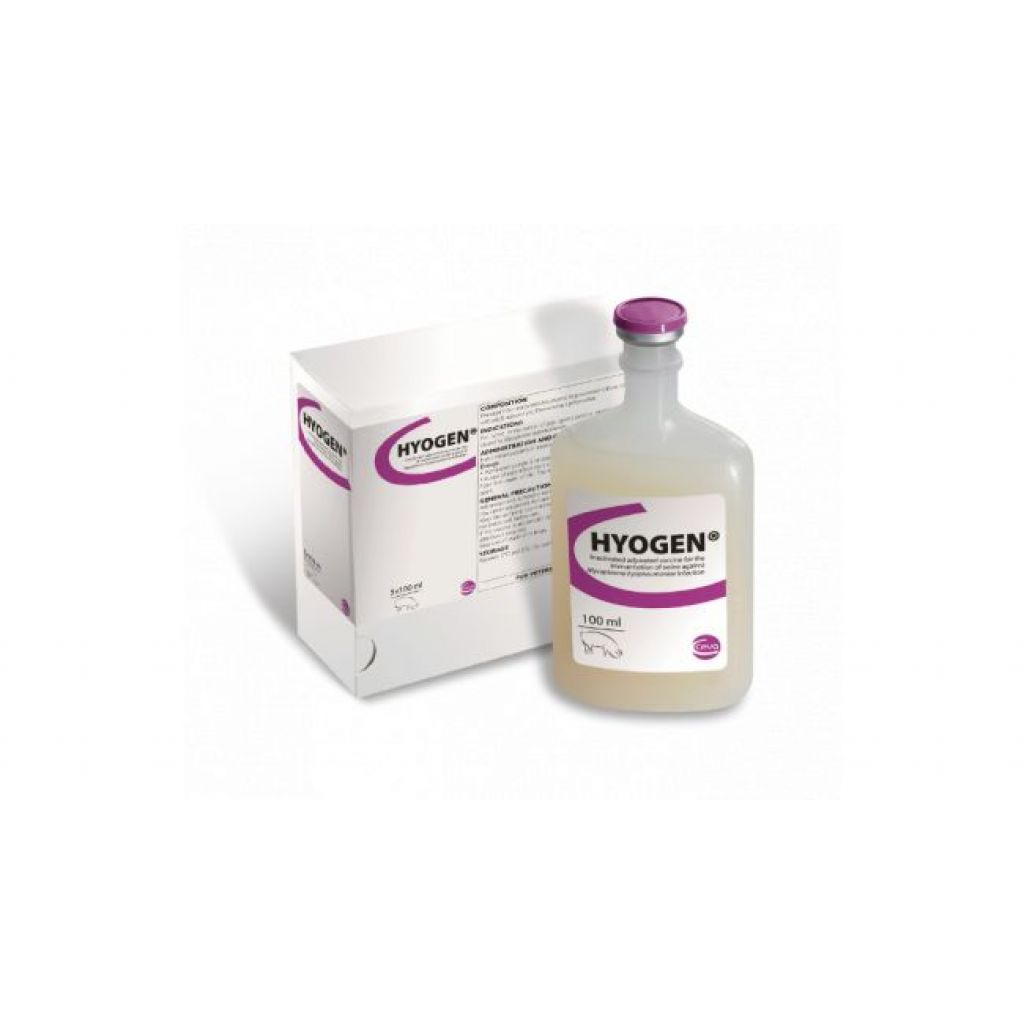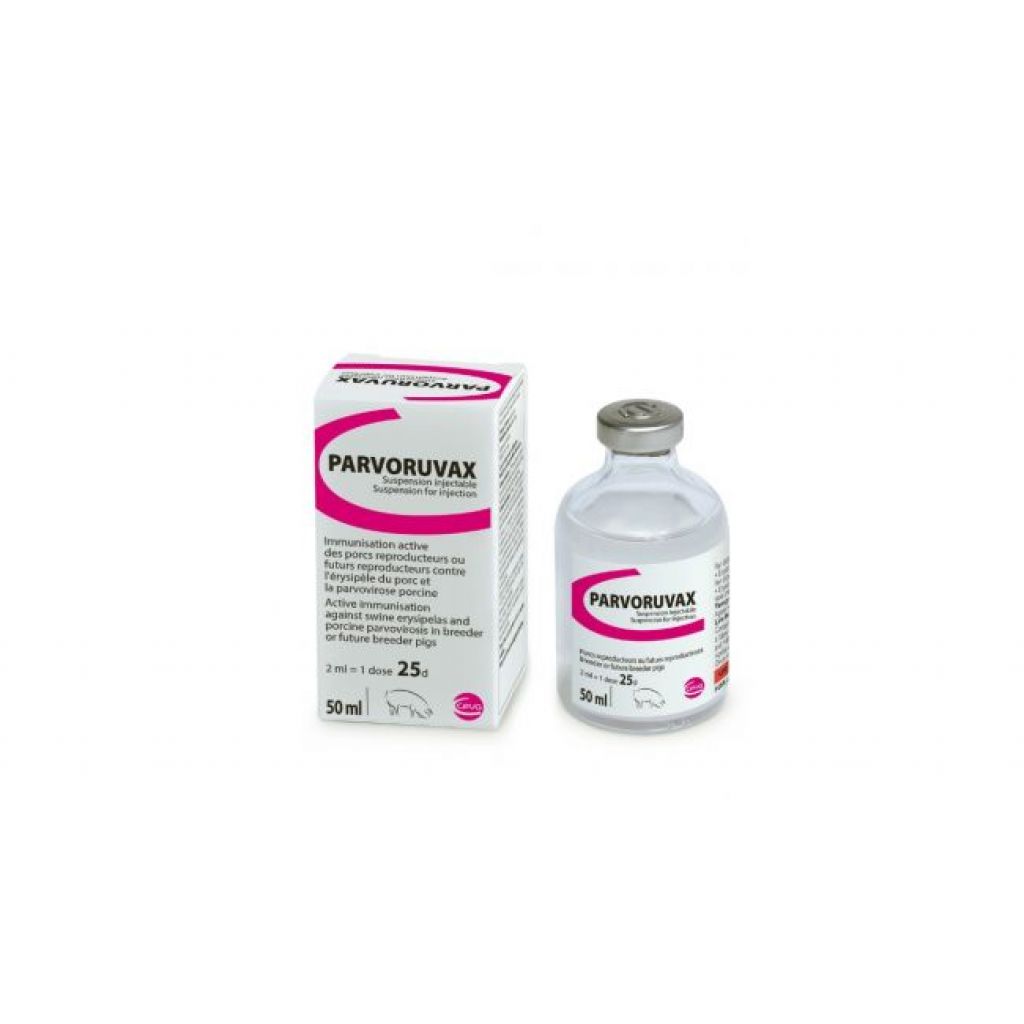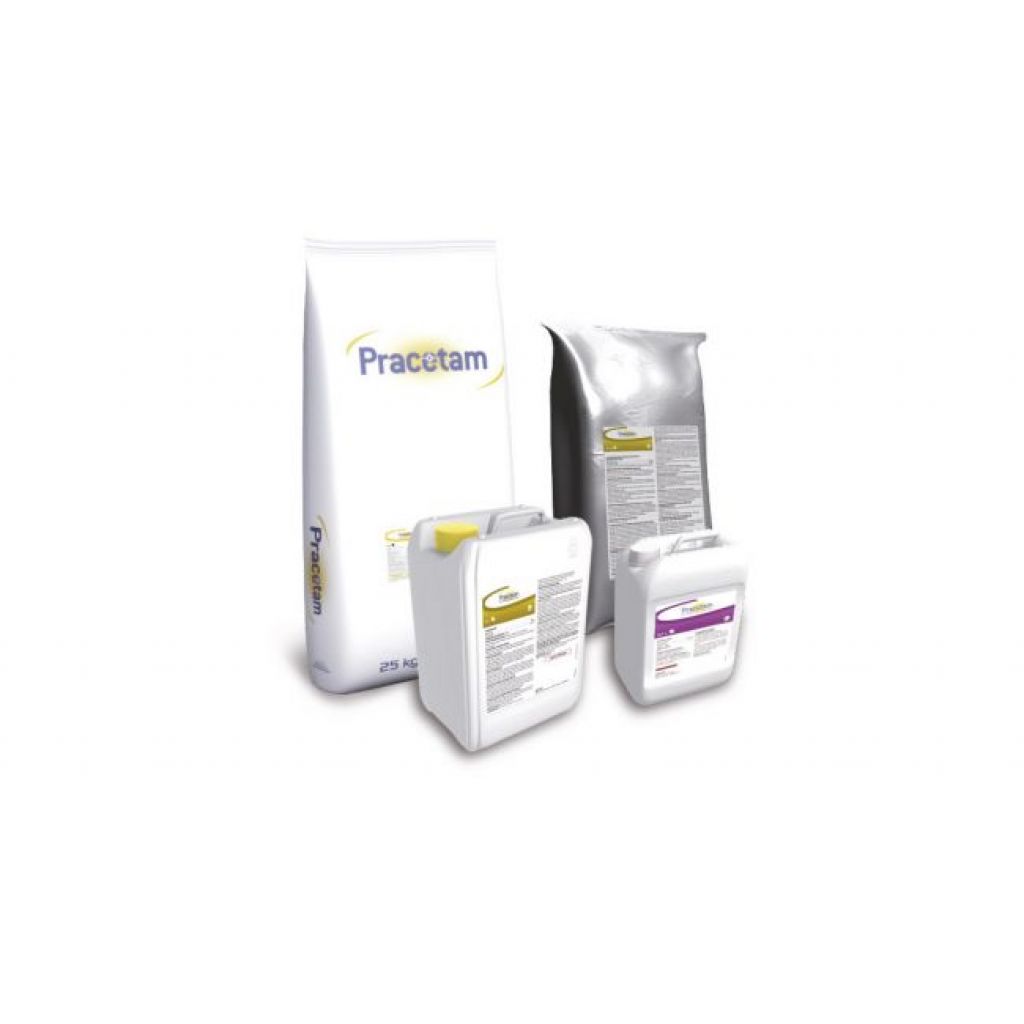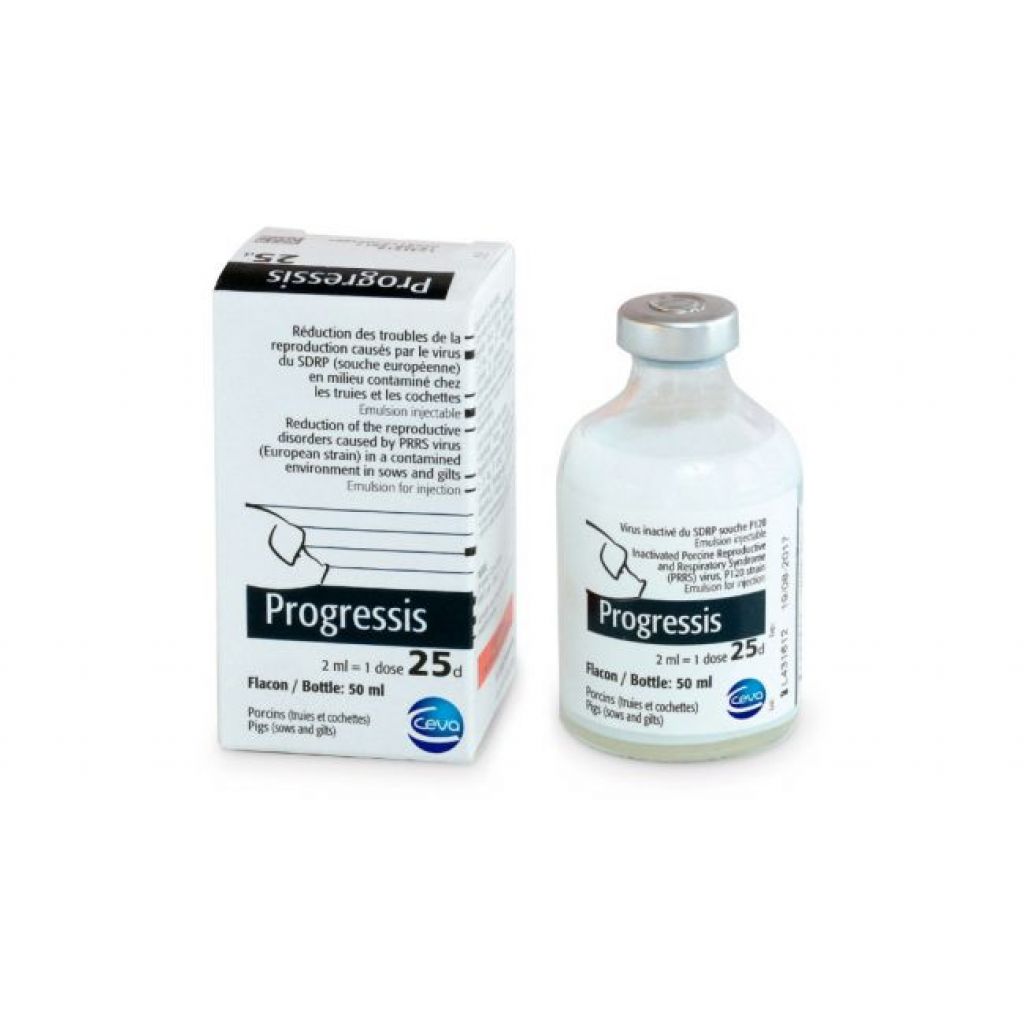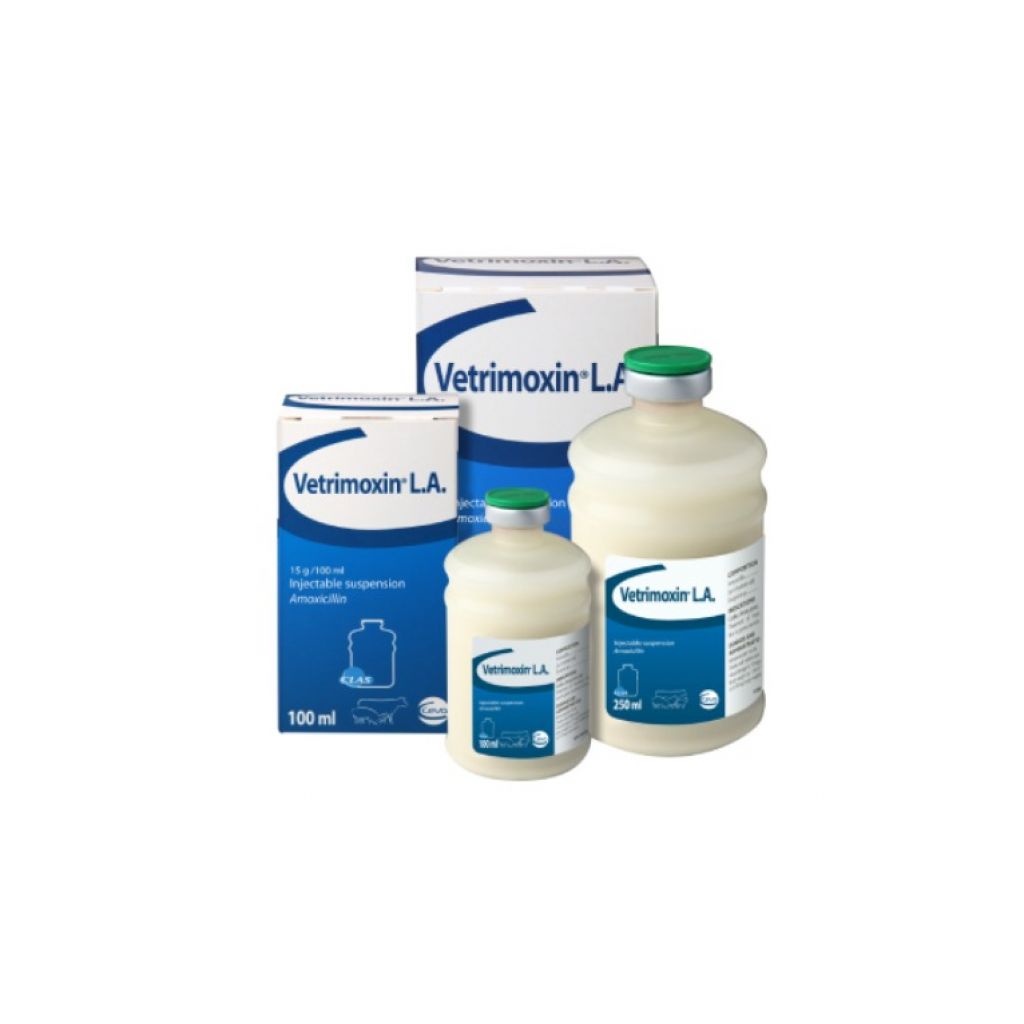High Quality Piglets (2/3)
You can have access to the first part here.

Luis SANJOAQUIN
Within the increase in mortality, and due to the unstoppable increase in the number of total births per litter as a consequence of the enormous genetic advances produced in this value in recent years, we are faced with the need to work as efficiently as possible in different aspects with the objective and requirement of obtaining the highest possible quantity and quality of piglets.
7. COLOSTRUM OF THE SOW AND COLOSTRUM OF THE PIGS
Colostrum is considered the piglet’s first feed after birth. In conditions of hyperprolificacy colostrum is a scarce resource, since the average is calculated at 3.6 litres and has to be distributed among numerous piglets in the litter with a great variability in weight. As mentioned before, a significant percentage of piglets is underweight (<1 kg).
The first thing we have to ensure is that the piglets do not experience a drop in temperature (beyond the minimum possible) after birth since recent studies show the great importance of optimal body temperature. Thinkinpig carried out a study on different farms with a multitude of factors that could have an influence and, while not a perfect test, we tried to find what temperature tells us which piglet has had the right colostrum intake and which has not. The temperature that indicates that piglets have received colostrum correctly and have not lost weight in the first 24 hours of life is 38.1ºC. This value can help us detect which piglets need improved care to reduce mortality.

It is important to highlight the importance of the quantity and quality of colostrum in each of the cycles, with first-partum sows and old sows (7th farrows) producing the least amount of colostrum.
Colostrum production increases in line with litter size but is not sufficient above 14 piglets for each additional piglet that the sow gives birth to (Devillers et al., 2007; Quesnel 2011).

The correct balance of the census structure of the farm is essential to ensure the overall Colostrum production compared to average. Thinkinpig farm colostrum production is not limited.
In turn, colostrum production is lower as the number of stillborns and mummified piglets increases (Thinkinpig’s own data).

Once we know the importance of colostrum, we must ensure maximum consumption by all piglets in the litter before making any movement. That is why we work on split-nursing in order to homogenise consumption, especially by increasing consumption in the lowest weight piglets and separating the largest piglets into time periods of 1 and ½ hours. They are always placed under a heat source to avoid temperature losses and energy consumption.
Despite this technique, in our work we obtain a percentage of piglets that do not receive the right amount of colostrum and lose weight in the first 24 hours of life (Thinkinpig 2016).

Piglets that ingest >200 grams of colostrum have a survival rate of over 90%, while those that ingest less than 100 grams only have a 40% survival rate.
8. CROSS-FOSTERING
After 24 hours of life and avoiding unnecessary movements of non-viable piglets, we equalise the litter. In my opinion, there are as many ways to equalise litters as there are people responsible for doing it. We can match only by number, by number and size, match all sows with the same number of piglets, match by number of piglets according to cycle, match based on their weaning capacity and based on the milk production of the sows, and so on.
Doing things correctly in the first 48 hours of life is essential, ensuring that the movements we make are necessary and that we do not move piglets without viability.
9. NURSING SOWS
One of the biggest changes that hyperprolificacy has brought in the maternity phase is that we have surplus piglets after adoptions, so the piglets that are largest and with the optimum colostrum intake must be housed with nursing sows.
Each method of management has an economic impact and we study this at Thinkinpig, economically valuing the cost/kg of pork produced based on the method chosen for the suckler sow system.

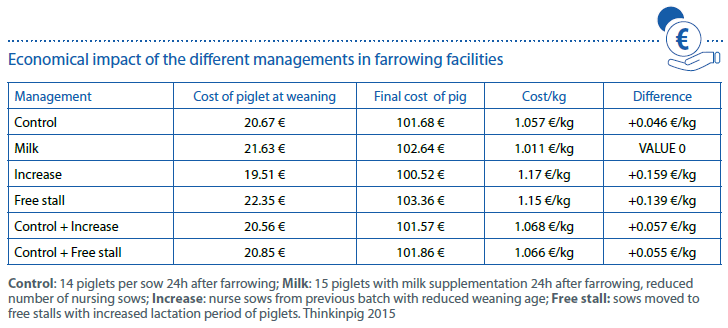
Stay tuned for Part 3 of the High Quality Piglets series. It will be released shortly.
Click here to discover CEVA products!
Liên hệ:
Liên hệ với chúng tôi bằng biểu mẫu sau.



